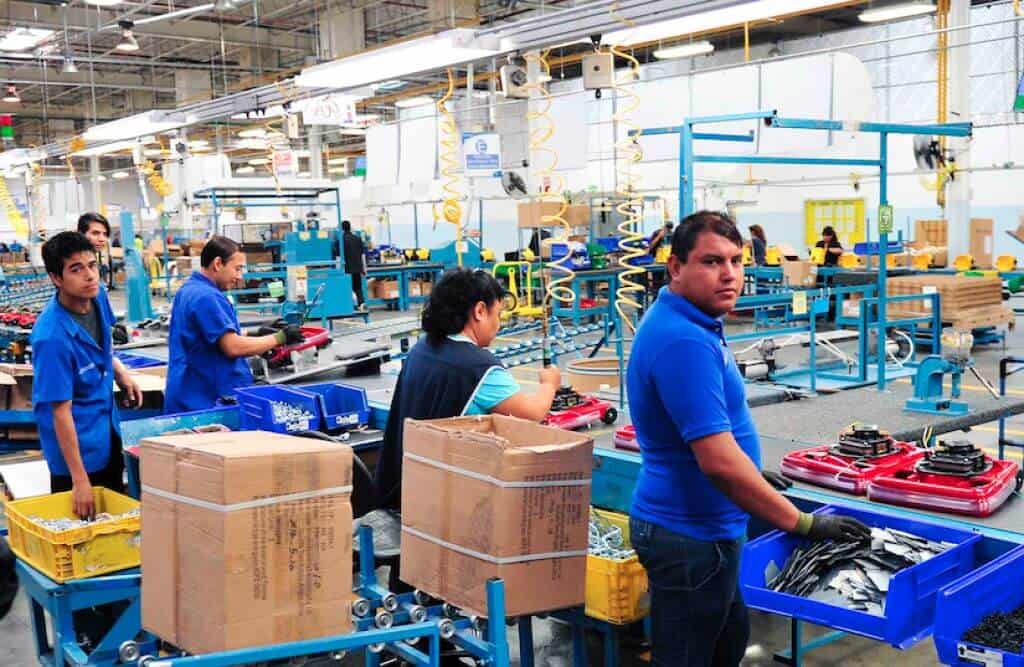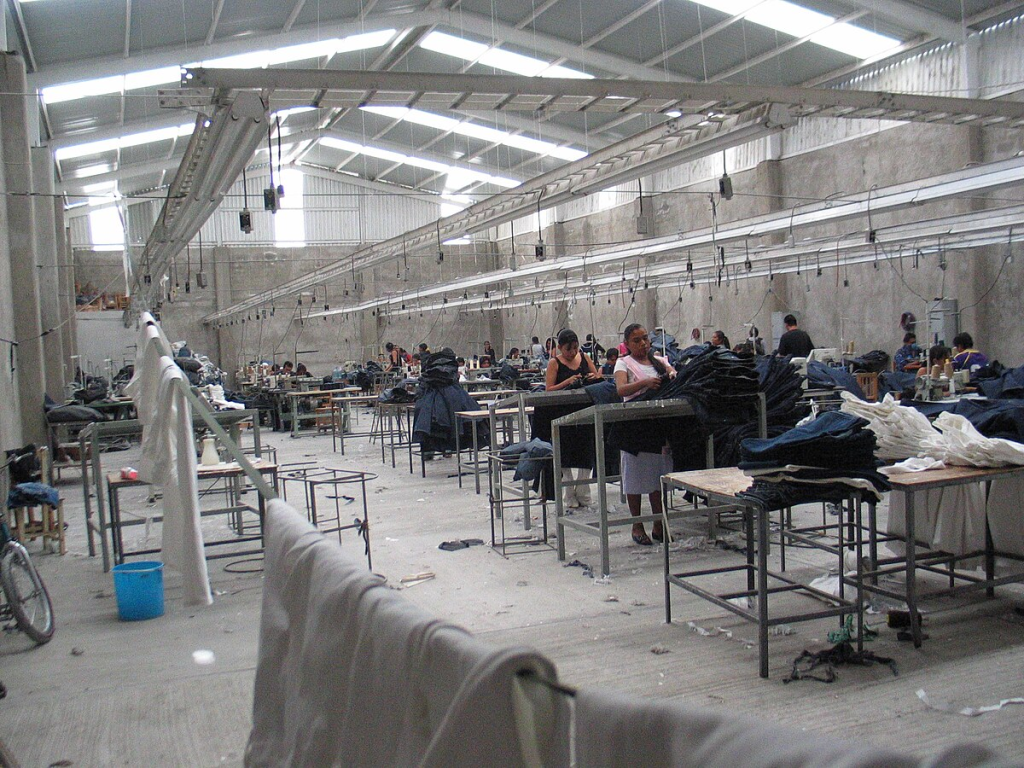
In a world where the urgency for sustainable and efficient living spaces is more pronounced than ever, the concept of manufacturing shelter has emerged as a pivotal solution. This approach integrates advanced technologies and innovative materials to create structures that not only meet the vital need for housing but also align with environmental concerns and economic viability. As urban populations swell and climate challenges intensify, exploring manufacturing shelter offers a promising pathway to address these pressing issues while enhancing the quality of life for communities around the globe.
By harnessing principles from fields like prefabrication, modular construction, and 3D printing, the manufacturing of shelter is transforming traditional building practices. This shift promotes speed, affordability, and the potential for customizable designs to accommodate diverse lifestyles and preferences. Moreover, the emphasis on sustainability within this sector fosters a reduction in waste and a smaller carbon footprint, making manufactured shelters a compelling option for future housing endeavors. As we delve deeper into this topic, we will examine various methodologies, advantages, and case studies that highlight the potential of manufactured shelter in reshaping our living environments.
Innovative Construction Techniques
The integration of advanced construction methodologies has revolutionized the way shelters are created, allowing for rapid development and decreased resource consumption. Techniques like prefabrication and modular assembly facilitate the manufacture of shelter in controlled environments, minimizing on-site labor and material waste. The adaptability of these methods enables builders to respond swiftly to varying demands, from emergency housing solutions to luxurious residential options. Additionally, components can be mass-produced, reducing costs and time while ensuring high-quality standards. This efficiency is mirrored in the processes utilized by Maquiladoras in Mexico, showcasing how manufacturing techniques can radically enhance productivity and sustainability in both local and global contexts.

Environmental Impact and Sustainability
Sustainability lies at the heart of the manufacturing shelter movement, driving innovations that prioritize eco-friendly materials and energy-efficient designs. By utilizing recycled or sustainably sourced inputs, the environmental impact of construction is significantly reduced. Furthermore, manufactured shelters often incorporate passive design principles, such as natural ventilation and daylighting, which lower energy consumption in the long term. As cities grapple with the dual pressures of population growth and resource depletion, the shift toward manufactured solutions offers a viable strategy for creating resilient communities while safeguarding our planet’s future.
As we look to the future of housing, the concept of manufacturing shelter stands at the forefront of building sustainable, resilient, and affordable living environments. This innovative approach not only embraces cutting-edge technologies and environmentally friendly materials, but it also redefines our understanding of home by providing flexibility and efficiency that traditional construction methods often struggle to achieve. By fostering a symbiotic relationship between design, technology, and sustainability, manufacturing shelter exemplifies how we can meet the diverse needs of our growing populations while minimizing our ecological footprint. The success stories emerging from this sector highlight the potential not only for individual dwellings but also for comprehensive urban developments that harmonize with the natural landscape, ultimately paving the way for a more sustainable and equitable future for all.






